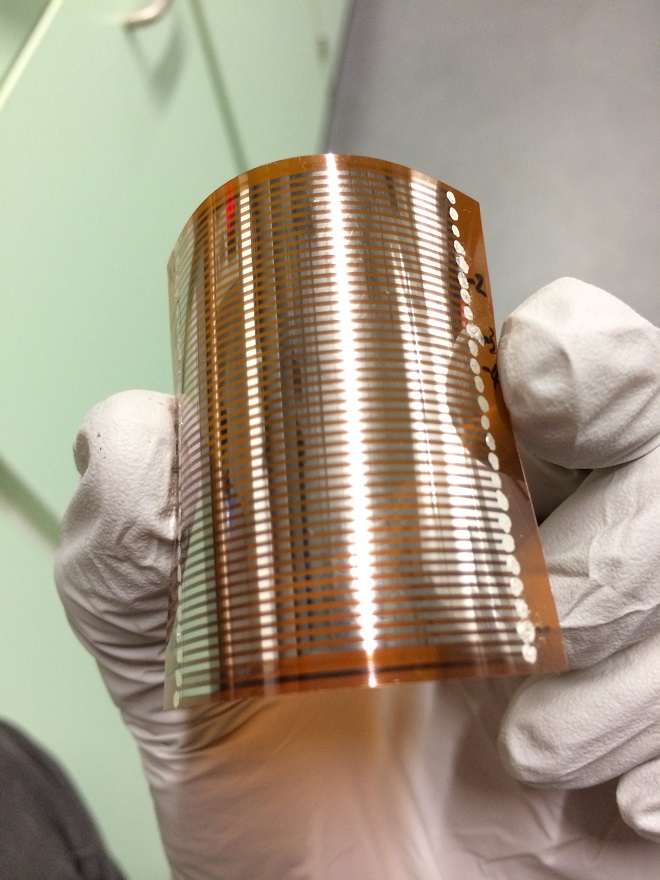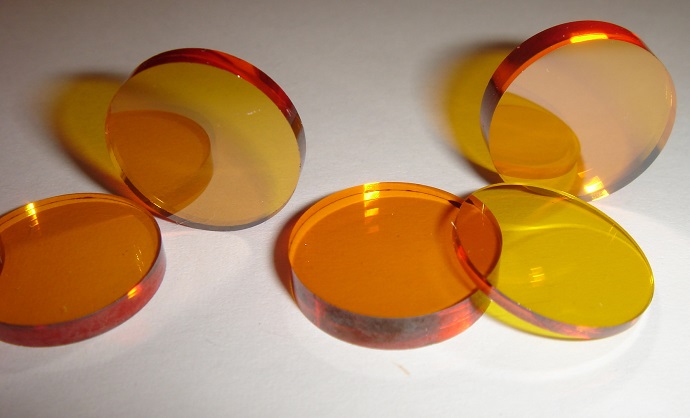17 November 2014
Researchers from the Optoelectronics Research Centre (ORC) at the University of Southampton have demonstrated how glass can be manipulated to create electronic devices that will be smaller, faster and consume less power.
The research, published in the journal Nature Communications, has the potential to allow faster, more efficient electronic devices; further shrinking the size of our phones, tablets and computers and reducing their energy consumption by turning waste heat into power.
Working in collaboration with the Advanced Technology Institute at the University of Surrey and the University of Cambridge, ORC scientists Dr Jin Yao and Dr Behrad Gholipour have made prototype devices that use light to bring together different computing functions into one component.
Silicon is reaching its fundamental limits, soon we will be unable to reduce the silicon chip any smaller, or decrease the power consumption of these devices. Using a family of materials called chalcogenides, a glass material integral to data technologies such as CDs and DVDs, Dr Yao and Dr Gholipour are looking beyond the silicon chip for the next generation of materials, which could replace traditional semiconductors and the conventional electronics that power today’s electronic devices.
By doping a chalcogenide glass, in this case a material based on germanium and selenium, and forming a multilayer structure with electrical contacts, Dr Gholipour was able to show the same switching behaviour seen in silicon transistor, but in a device made entirely from glass.
Dr Gholipour explains: “Non-equilibrium doping within chalcogenide glasses enables a unique information processing platform within one material system. This allows traditional electronic computing, along with memory functionality, which opens up the optical spectrum, from the visible far into the infrared, for next generation optoelectronic and fully optical computing applications.”
This work builds on Dr Behrad’s PhD work for which he won the UK Engineering and Physical Sciences Research Councils (EPSRC) prestigious ICT Pioneer prize in the area of information in 2011.
Using similar materials, Dr Yao formed long strips of different types of chalcogenides, connecting each end together to form a chain of materials.
Dr Yao says: “When one end of the structure is hotter than the other, as might occur near the battery of your phone or computer, a voltage is produced, through a process known as the thermoelectric effect. This work, for which a patent has been now been applied, has the potential to make our electronic devices more efficient.”
Research group leader Professor Dan Hewak says: “The key result is that we are now demonstrating a range of highly functional, but very different devices in a single material platform. The future of these materials is bright and we are now in the process of consolidating our chalcogenide glass research into a single interdisciplinary centre dedicated to the advancement of these fascinating materials.”

Thermoelectric device prototype fabricated by Dr Jin Yao.
The University of Southampton has a 25-year history of working with chalcogenides, demonstrating the first chalcogenide optical fibre in 1995, the first chalcogenide laser a few years later as well as making important advances in the use of these compounds in solid state memory, active metamaterials and in medical and aerospace applications. This work was funded by the UK Engineering and Physical Sciences Research Council (EPSRC).













